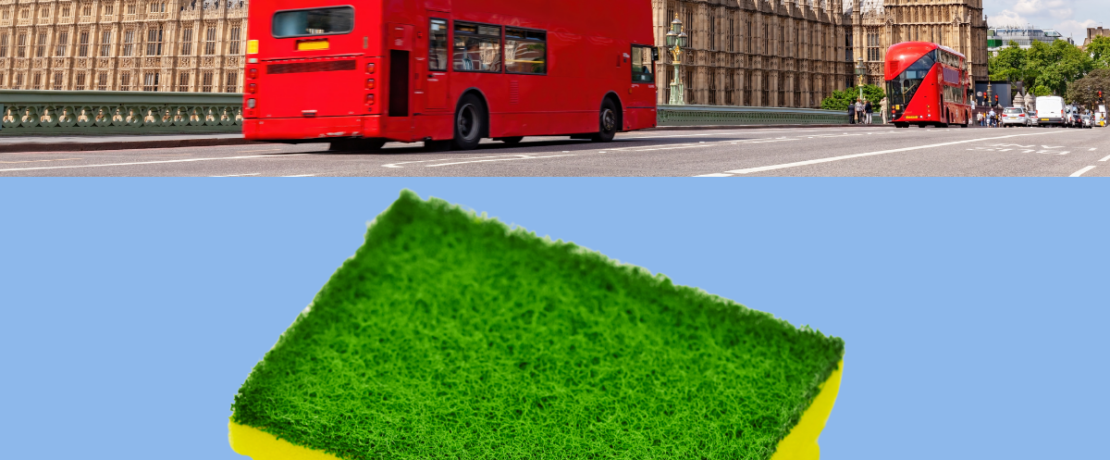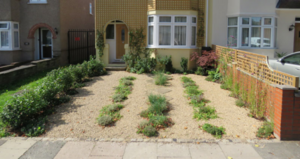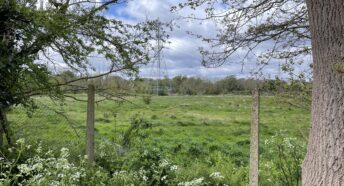Make London a ‘Sponge City’!
The next four years are critical to tackling flooding and water pollution in London.
To address these problems, London must urgently become a ‘Sponge City’.
You can now watch the recording of our recent ‘Sponge City’ event
If you would like to see the inspiring presentations from our Sponge City event on 24 June 2024 – here they are!
- Sponge City event June 2024 Alice Roberts CPRE London
- Pollution Remediation Wetlands John Bryden Thames 21 June 2024
- Learning from monitoring constructed wetland June 2024 Joe Pecorelli
What’s the problem?
Flooding: London used to be like a sponge, soaking up rainwater. But building and paving mean rainwater now runs into the drains – and they are failing to cope. BBC News from 2021.
Sewage pollution: Rainwater and sewage drains are combined in most of central/inner London. Unable to cope in heavy rainfall, they overflow into rivers, taking raw sewage with them. Here’s a great summary from London Waterkeeper on sewage pollution.
Road run-off pollution: Rainwater from roads and parking lots picks up oil and heavy metals from vehicles, and microplastics from tyres and road markings. In much of London this enters ‘road drains’, flushing pollutants straight into rivers. Here’s London Waterkeeper again on run-off pollution.
What action is needed?
A Sponge City manages these problems with greenery instead of relying solely on drains. ‘Rain gardens’ and wetlands capture, retain and absorb excess storm water, and filter it – they also support wildlife, make our streets more beautiful and help with urban cooling). Here’s Arup on sponginess and why it matters.
Cities as diverse as Shanghai, New York, Berlin and Cardiff are becoming sponge cities. Read about Cardiff.
Rain gardens are a highly effective way to create a sponge city: they stop water flowing into sewers and filter road run-off pollution. They are engineered to capture, hold on to and filter water from an area roughly ten times the size of the rain garden itself.
There is a need for sustainable urban drainage needs assessments as standard when roadworks and streetscapes are being updated to assess the need for rain garden creation. We need a massive acceleration in creating beautiful new rain gardens to support both flood risk reduction and improvements in water quality. Thames Water say we need 357,000 to ensure sewers aren’t overwhelmed. The new London Mayor must coordinate an emergency programme of rain garden construction. This video is a great summary.
We also need many more urban wetlands – which are of course also a massive boon for wildlife. Here’s Thames21 on what and why.
Front gardens also need to be reinstated, so water doesn’t run-off into the sewers, but is absorbed instead. Read more from London Waterkeeper. Londoners – you can help by de-paving your front garden!
Londoners can also help by installing ‘SUDS planters’, to capture and hold rainwater from roofs, in their front and back gardens. Installing water butts will help too. Here’s Meristem Design explaining ‘SUDS planters’
Find out how a community in South London reduced flood risk in their area – the LWT Living with rainwater. A neighbourhood guide. The Lost Effra Project. London Wildlife Trust.
The next four years are critical to making London a resilient Sponge City – reducing the risk of both flooding and water pollution. It’s a journey … this is just the start.
CPRE London Chairs the More Natural Capital Coalition, a coalition of 20 environmental charities in the capital, which is committed to highlighting the urgency of making London a Sponge City.
For more on the other priorities the coalition has identified for London over the coming four years please see here















